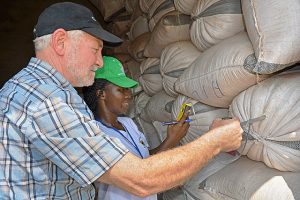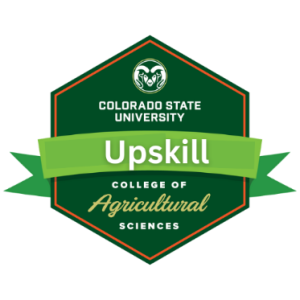5.1 – Overview and Learning Objectives
Overview

The Seed industry exists to provide high quality seed to farmers and growers. The value of seed is a measure of its ability to establish the desired field stand at low planting rates, grow into plants which are high-yielding, healthy, and the established type. The livelihood of farmers and the ultimate health of communities relies on the ability of seed to perform and grow into a crop that can be harvested and eaten. A system of laws and regulations has developed over time to protect societies and food systems from liability and risk. A seed conditioner must understand the system of laws and regulations in place, ensure that the conditioning plant and its operation are maintaining seed varietal identity through the entire process and avoid introduction of contaminants.
Learning Objectives
After completing this lesson, you will be able to:
- Apply the state and federal laws governing truth in labeling and farmer/consumer protections.
- Determine what type of legal registration a seed conditioning company needs to be compliant with state law.
- Define the requirements of an approved seed conditioner.
- Review the best practices to handle seed during conditioning.
- Review the four categories of seed quality and define the influence and liabilities a producer and a conditioner may have.

